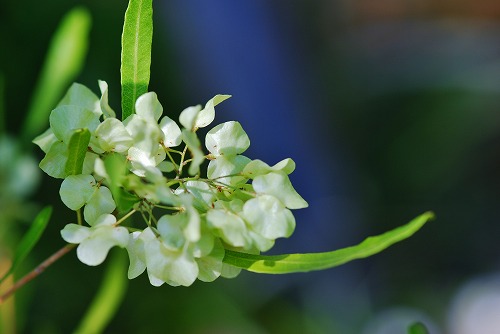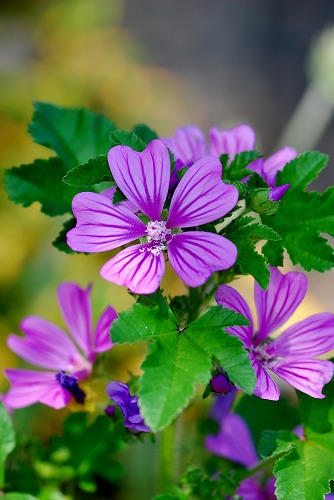アカシア・レティノデス 投稿者:ティーとシー 投稿日:2013/07/01(Mon) 15:54 No.57359
 可愛い花を咲かせていたアカシア・レティノデスです 可愛い花を咲かせていたアカシア・レティノデスです
クレマチス - ティーとシー 2013/07/01(Mon) 15:57 No.57360  時間が経つと 紫の花びらの下部が 緑色に染まる珍しいクレマチスです 時間が経つと 紫の花びらの下部が 緑色に染まる珍しいクレマチスです
品種の名前は分かりません
ゼニアオイ - ティーとシー 2013/07/01(Mon) 15:59 No.57361  まだまだ元気に咲いていたゼニアオイです
フランネルソウ まだまだ元気に咲いていたゼニアオイです
フランネルソウ - ティーとシー 2013/07/01(Mon) 16:00 No.57362  息の長い白花のフランネルソウです
Re: アカシア・レティノデス 息の長い白花のフランネルソウです
Re: アカシア・レティノデス - なずな 2013/07/01(Mon) 22:31 No.57368  ティーとシー さん、こんばんわ ティーとシー さん、こんばんわ
アカシア・レティノデスまだ出会ったことがありません。
かわいいお花ですね。
紫色のクレマチスとても爽やかな感じがしてすてきです。
ゼニアオイの色鮮やかな姿がいいですね。
真っ白いお花フランネルソウかわいさいっぱいに
咲いていて気持ちがいいです。
長い間咲いてくれるお花嬉しいですね。
yellow gold cartier love brace... - yellow gold cartier love bracelet replica 2015/08/11(Tue) 14:58 No.79607  Great post! I had this exact problem once ? those HUGE cumulative row estimates and bunches of merge scan joins when I knew there would be only a few rows actually returned. I wasn’t armed with any of the understanding as to why that you have provided here so this is great. I ended up breaking the query into 2 and using the first query find the needle rows in the hay stack and put them in a temp table. Then I joined that temp table to the world in the second query. Since the optimizer assumed 1 row for the temp table, it went back to low row estimates and indexed loop joins. That trick worked, but perhaps now better understanding the causes of inflated estimates I could fix the issue without breaking up the query. Great post! I had this exact problem once ? those HUGE cumulative row estimates and bunches of merge scan joins when I knew there would be only a few rows actually returned. I wasn’t armed with any of the understanding as to why that you have provided here so this is great. I ended up breaking the query into 2 and using the first query find the needle rows in the hay stack and put them in a temp table. Then I joined that temp table to the world in the second query. Since the optimizer assumed 1 row for the temp table, it went back to low row estimates and indexed loop joins. That trick worked, but perhaps now better understanding the causes of inflated estimates I could fix the issue without breaking up the query.
yellow gold cartier love bracelet replica http://www.beauty-jewelry.org/ |
